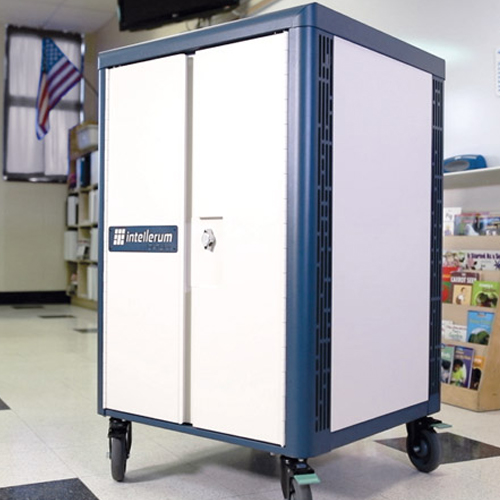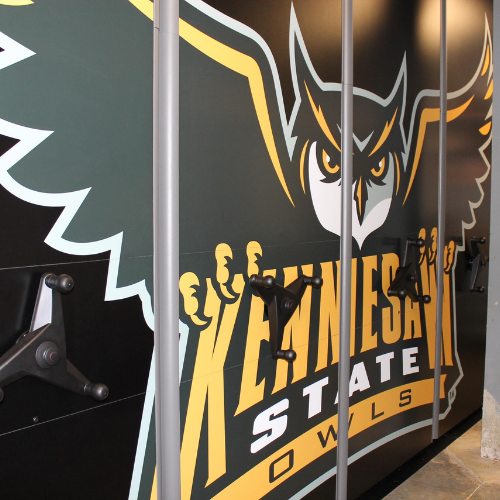Cellphones Threatening the Security of Your School’s Testing?
October 24, 2019
Each year thousands of students participate in state testing, and for schools that have a BYOD policy, personal devices like cellphones on testing day can be a real challenge and a real threat to the security of the testing environment. Because personal electronic devices are prohibited from use in testing areas, a tremendous burden is placed on schools to ensure students don’t enter testing areas with cellphones or other electronics.
Like other tech challenges, schools have devised a number of ways to keep personal devices from entering the testing area, but most strategies rely on students to voluntarily participate and temporarily turn over their devices. Because some students are reluctant to trust their devices to someone else, they may ignore the policy and enter testing areas with devices hidden in their clothing or belongings. For school districts, this is a nightmare, as a single cellphone in a testing environment can jeopardize test security and invalidate results for the entire test group.
Before the testing window begins, teachers and administrators communicate testing rules to students in the hopes of avoiding these problems on test day. Students are often encouraged to leave their phones and other devices at home or inside their lockers, but many refuse to be without them or they don’t trust the security of their school lockers. When students bring their phones to the testing site, they are prompted to turn them over while they are taking the test. Test administrators are then responsible for securing the devices during the test, which can mean putting them in a drawer, a closet, a box, or some other container.
If a phone rings during the test or is spotted by a classmate or test administrator, the administrator is required to report the violation to determine further action, which may include invalidating test data for the entire group. That’s a high price to pay for a single phone.
One solution available to school districts that can satisfy the need for test security while maintaining student trust is to offer a personal device storage station right in the classroom or testing area. It functions like a personal school locker but is much smaller and more practical for this purpose because it gives the student control over where the phone is stored. The stations have multiple individual storage compartments that allow students to lock their devices away and keep the key or code for those that are equipped with digital locks. Because the storage unit is small, it easily fits in a classroom and can stay within sight of both the students and the test administrator.
In addition to securely storing devices, these stations can also charge devices with AC and USB charging options inside each compartment. For districts that rely on students’ personal devices to supplement their school-provided tech, store and charge stations can help manage student devices while they’re at school and keep them charged and ready for classroom activities. The station’s compartments are also roomy enough to accommodate laptops and larger devices.
Individual storage plus the flexibility of charging make this method of device management very appealing to schools who are trying to make their budgets go further. The station is ideal for testing situations, but it can also convert from BYOD use to a 1:1 environment.
Click below to see all posts related to that topic
SHARE THIS

Talk to an expert.
RELATED POSTS
Athletic & Uniform Storage: Central York High School
The Client When Central York High School was left with very little space to store the gear and sports equipment for the athletic department, the school knew it needed to find a storage solution that would maximize the space. In addition, it was important for the area to provide the capacity required by the department…
Athletic Storage: Kennesaw State University
When Kennesaw State University decided to start a football program, they realized they needed help meeting the storage needs of the new program. The space dedicated to the program was cramped and had a steel support column in the room, making it difficult to plan out the necessary storage shelving and units needed to hold…
High-Density: Healthcare
Datum Storage Solutions provides quality, durable storage solutions to assist healthcare employees improve patient care by maximizing storage capacity and creating safe, efficient workspaces. Datum’s products are designed to meet the specific demands of healthcare facilities and offer the flexibility necessary to evolve and grow with storage needs, thus saving the time, money, and space…



